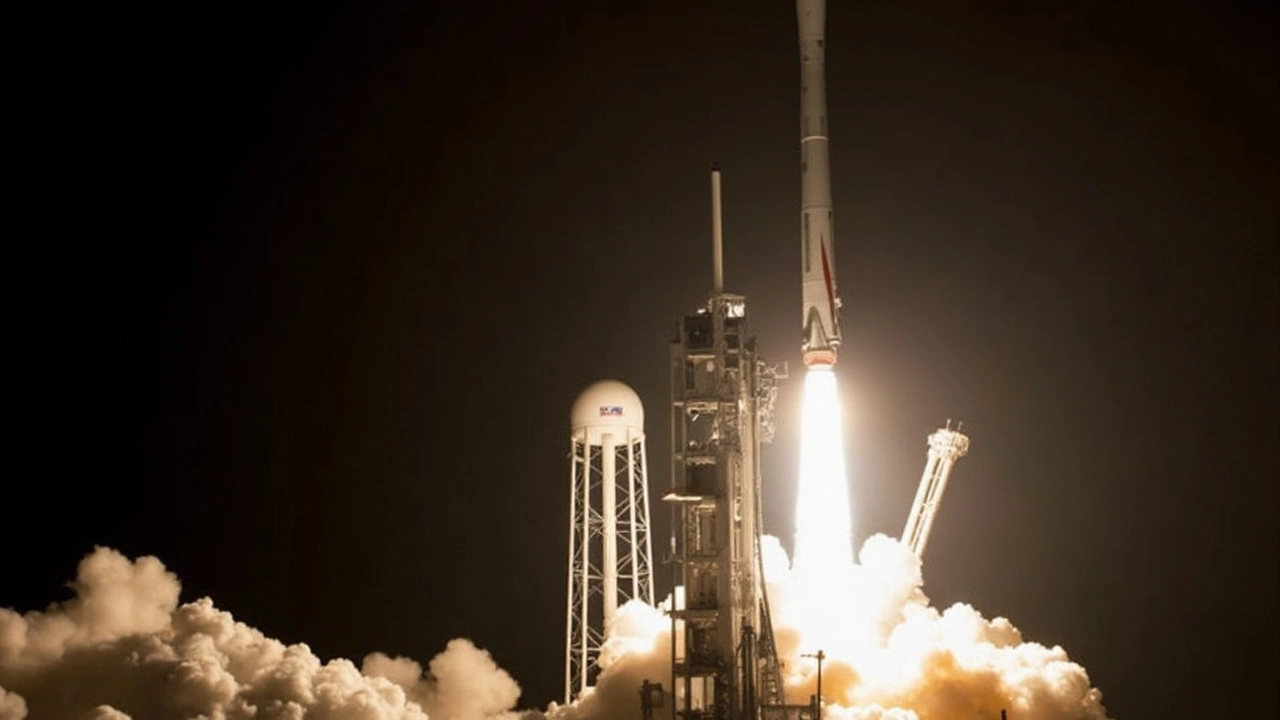Starship Explosion Turns Heads Across Florida
If you happened to glance up at the sky in Southwest Florida on March 7, 2025, you were in for a spectacular celestial treat. Many witnessed an unexpected light show, caused by a failed SpaceX Starship test flight that exploded shortly after liftoff. Skies from North Port to Naples were illuminated by debris sparkling down from the heavens. It was a sight to behold, but the story behind it carries implications beyond fancy sky art.
The mission that day wasn't just another routine flight; it was a high-stakes test aimed at pushing the boundaries of the Starship’s design. Engineers sought to specifically evaluate the heat shield tiles, a critical component of the spacecraft’s reentry capabilities. However, things didn’t go as planned. The test flight ended in what can only be described as a spectacular failure, dispersing debris over a broad region including the southwestern Atlantic, the Bahamas, and even the Caribbean.
Air Traffic Chaos after Debris Fallout
The aftermath saw more than just spectators dazzled by the light show. The explosive event prompted the Federal Aviation Administration to take immediate action, issuing alerts to pilots across affected corridors. The fallout from this unexpected celestial event was felt far and wide, disrupting regular air traffic patterns and causing notable delays in airports all the way from Orlando to West Palm Beach and Miami. Many travelers faced extended waiting times, as flights had to be rerouted to steer clear of the debris.
This incident sparks vital conversations about the growing frequency of space-related events affecting terrestrial life. It demands attention not just for its beauty but for the underlying risks and challenges space explorations carry. This wasn't the first mishap for the Starship either; it followed a similar event earlier in January of the same year. As the eighth test flight of its kind, it serves as a reminder of the thin line SpaceX treads in its race to advance space technology.
Amidst the chaos, there was a silver lining; the Super Heavy booster, another component of the mission, did manage to return successfully to its launch platform. SpaceX's Mechazilla caught it, proving some aspects of the mission were fruitful. Still, the cargo was lost, and investigations are underway to better understand where the vulnerabilities incapacitated the mission’s success.
As SpaceX continues to aim for the stars, each trial contributes to the vast learning curve, reminding the world that space travel, for all its potential glory, remains a domain of risk, experimentation, and the ever-present possibility of public fireworks.
